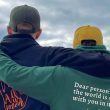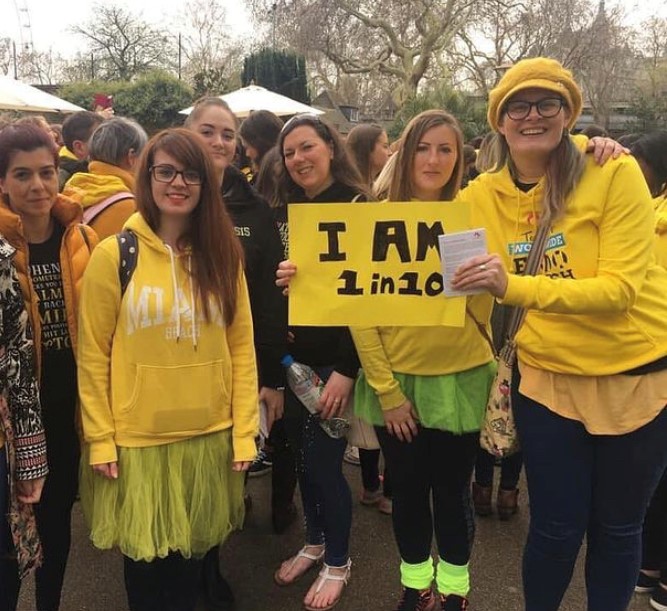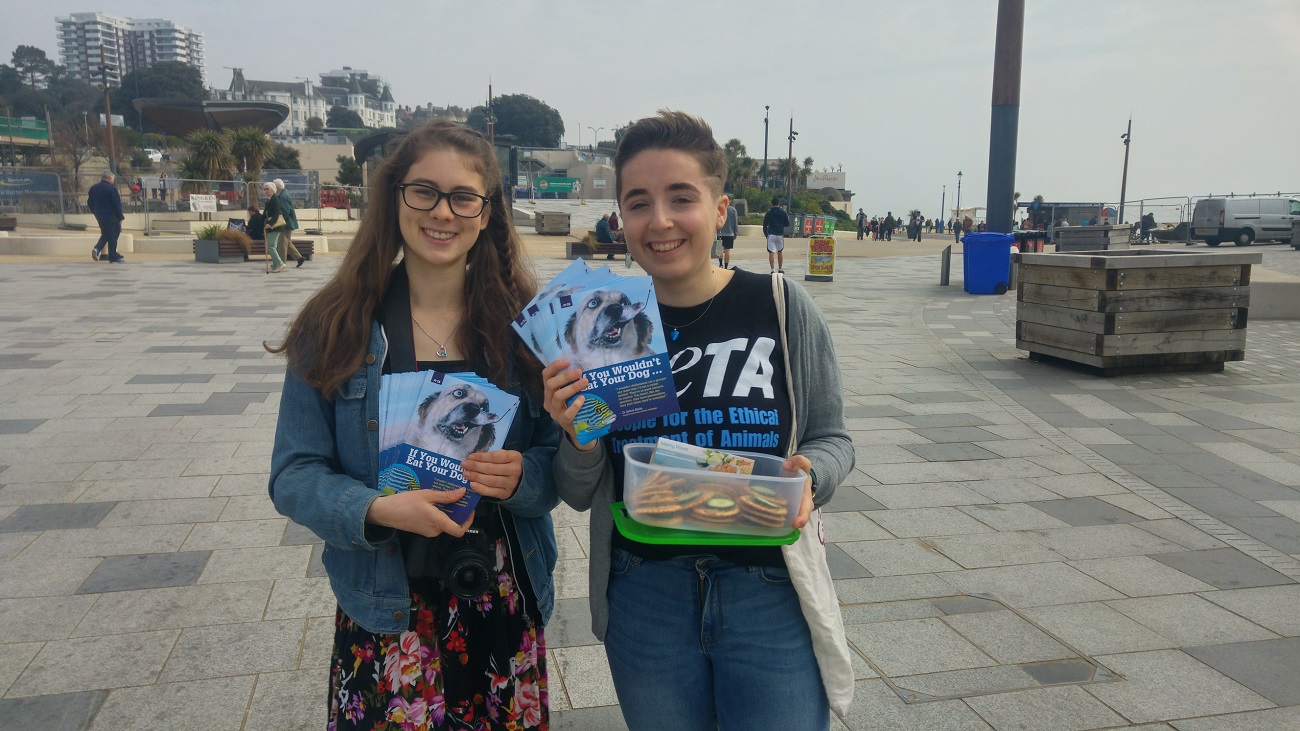This week we received a workshop by Ken Kirby on observational documentary filmmaking. We were shown a selection of clips from his previous work on Panorama, including Stephen Lawrence: A Time for Justice, Tackling the Tearaways and Operation Muslim Vote.
All three documentaries clearly fit in the ‘observational mode’ of documentary, also known as ‘fly on the wall’. This type of documentary emerged in the late 1950s as an attempt to capture objective reality, where the filmmaker remains behind the camera and does not get involved in or attempts to influence the events being captured.
As nothing is staged for the camera, generally the filmmaker will rush to keep up with the action, resulting in a rougher, more amateur style of camerawork. In Operation Muslim Vote for example, Ken Kirby, mostly films the two subjects in action – he uses the subjects in motion as they walk around delivering leaflets and as they drive between locations as valuable opportunities for the subjects to explain their motivations, what is happening and what they are going to do.
There is also a moment in Tackling the Tearaways, where the police arrive at the house to look for one of the subjects of the documentary and seemingly ignore the presence of the camera crew, and the indication that their presence must mean that the subject is hiding in the building. This seems to be another key element of observational documentaries, that the camera and the crew are largely ignored – as a rule observational documentaries seems to avoid the overt acknowledgement of performance (Bruzzi, 2002).
All three of the clips we were shown clearly raised some of the issues and complications that come with observational documentary filmmaking. Bruzzi (2000, p. 4) characterises documentary as “a negotiation between reality on the one hand and image, interpretation and bias on the other.” Observational documentary as a medium attempts to navigate this by having the filmmaker limit their involvement in the action that is unfolding before them.
However there are clearly times when this is difficult to maintain. For example, Kirby told us himself how when the dog barks as they go to deliver a leaflet in Operation Muslim Voice, the audience hears Kirby making the barking dog noise, as the microphone didn’t pick up the actual dogs bark. In addition, there’s a moment in A Time for Justice where Doreen Lawrence meets someone who knew her as a child, a meeting that was arranged by Panorama in an attempt to get Doreen, a very emotionally restrained individual, to open up.
Audiences can naturally be quite cynical about such constructs – we tend to distrust obvious distortion and bias in factual programmes. As audiences, we question the images we see, examining them for indications of their self-creation, as Ellis (2012, p. 99) suggests, “within our self-aware media environment, there are practically no naïve viewers or naïve documentary participants.” Ofcom (2017) does have editorial codes in place so that broadcasters avoid staging and maintain a fairness in their depictions of organisations and individuals. It is clear that there is something of a scale of what is acceptable or not – accepted techniques such as cutaways are okay, but overt intervention by producers is not okay.
Bibliography
Bruzzi, S., 2000. New Documentary: a Critical Introduction. London: Routledge.
Bruzzi, S., 2002. New Documentary: a Critical Introduction. London: Routledge.
Ellis, J., 2012. Documentary : Witness And Self-Revelation. London: Routledge.
Ofcom, 2017. Section seven: Fairness [online]. Available from: https://www.ofcom.org.uk/tv-radio-and-on-demand/broadcast-codes/broadcast-code/section-seven-fairness [Accessed 1st April 2017]







